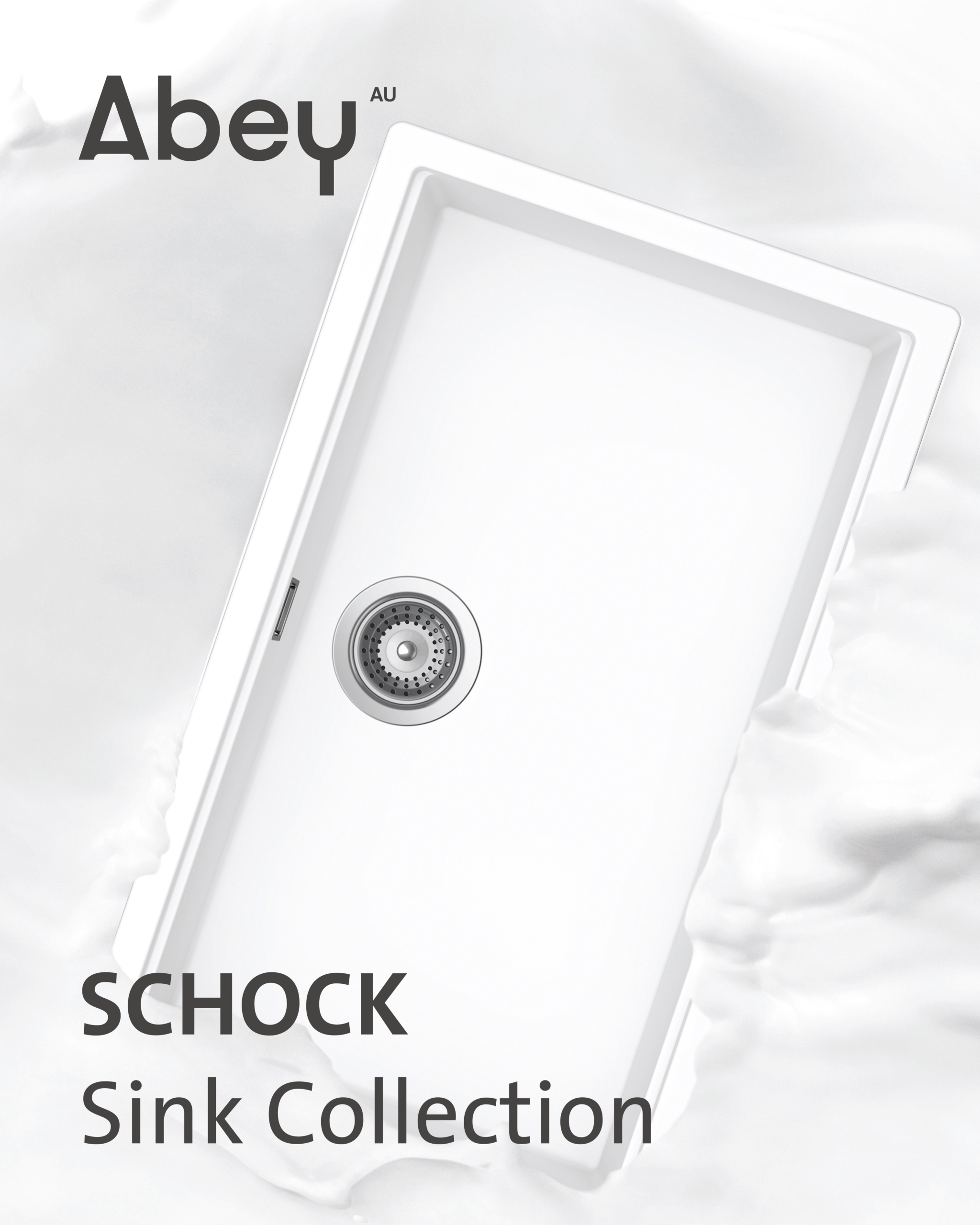
A Sunny Disposition – ParkLife by Austin Maynard Architects
Located within Brunswick’s Nightingale Village, with a northern aspect over Bulleke-bek Park and access to the newly activated Duckett Street to the south, Nightingale ParkLife by Austin Maynard Architects is a thriving piece of the Nightingale Village puzzle. And as a seamless extension of the AMA portfolio, it proves that environmentally and socially responsible architecture can be a comfortable and compelling bedfellow for joyful design.
As the practice Director Andrew Maynard explains, behind ParkLife’s sunny disposition (due in large part to its yellow features and quirky additions emblematic of AMA’s work) is a building that expertly channels the idea of “density done well”. Further, he likens the Village’s community-driven approach to the planning and experience of European cities, citing tight laneways, lower building heights and amplified pedestrian activity as integral to enhanced civic spaces. As he says, “that’s essentially what we’ve tried to replicate here – people living closely together with really great access to public space but also lots of layered, community space.”
Fostering community through design is a frequently seen yet often poorly executed ambition in the realm of medium- and high-density development. ParkLife and the Village at large exceed in this pursuit. As Andrew explains, there are several public spaces within the building, such as the long, yellow corridor at the entrance and spacious landings throughout that actively foster inter-resident connection. The most ingenious feature of this building, however, is the rooftop amphitheatre – a series of wide, south-facing steps that span a portion of the rooftop from east to west, creating a space for residents to socialise, catch some sun or simply enjoy the fresh air.
Alongside community, ParkLife’s second yet equally as significant pillar is sustainability. The building, which Andrew refers to as a “sustainability machine”, has an average NatHERS rating of 9.1 stars, and every apartment features an energy recovery ventilator that helps to stabilise temperatures, resulting in lower running costs. As Andrew notes, another large part of the sustainability equation was ensuring the precinct was free from fossil fuels. “To do that meant no gas and cooking with electricity, so we were looking for all-electric appliances.” Fisher & Paykel’s highly efficient and environmentally conscious appliances, specifically the electric induction cooktop, ovens and Integrated Refrigerator Freezers, proved to be the ideal match.
“The great thing about the [Fisher & Paykel] appliances we selected is there’s a real modesty and simplicity to the way that they’ve been built into each of the apartments,” Andrew offers.
Fittingly, Fisher & Paykel’s capabilities in this context surpass its sustainability credentials. “The great thing about the [Fisher & Paykel] appliances we selected is there’s a real modesty and simplicity to the way that they’ve been built into each of the apartments,” Andrew offers. ParkLife resident and architect at Austin Maynard Architects Claire Ward attests to this, saying, “on an aesthetic note, having integrated appliances has made a big difference in how the space looks visually.” She adds, “being open plan, the kitchen is such an integral part of our living space, so not having white goods on display feels quite luxurious and really adds to our experience of the kitchen.”
There is also a suite of Fisher & Paykel washing machines and dryers in the communal laundry on the rooftop – a move Claire praises for its pragmatism. As she says, not only does a communal laundry remove these large items from each individual apartment, giving space back to residents, but access to an extensive suite of washers and dryers has proved useful for larger loads come laundry day.
As Andrew reflects, “there’s so much to be proud of in ParkLife, but I’m most proud of saving Alan” – a mature gum tree on the site, named after the man who planted him many years ago. “A typical developer would’ve knocked it down to sell more homes. Instead, we pulled the building back so that we could save Alan for this community and the broader community of Brunswick.” This sentiment seems to neatly encapsulate both Austin Maynard Architects’s thoughtful approach to medium-density development as well as Nightingale’s endeavour for contextually relevant and sympathetic housing realised at scale.

































